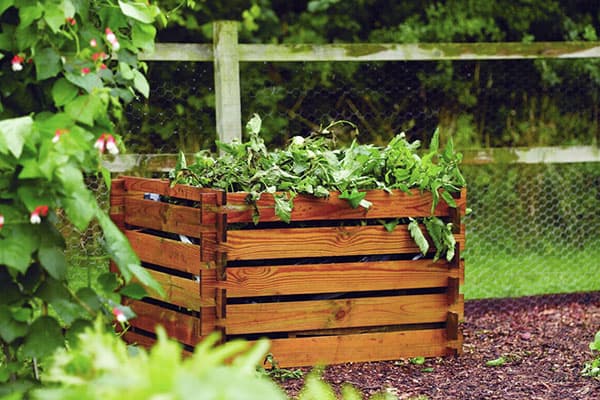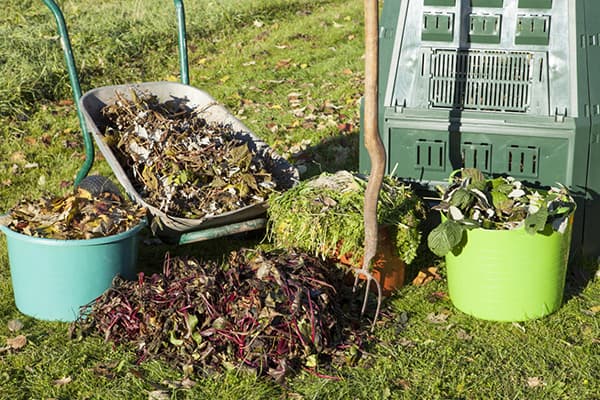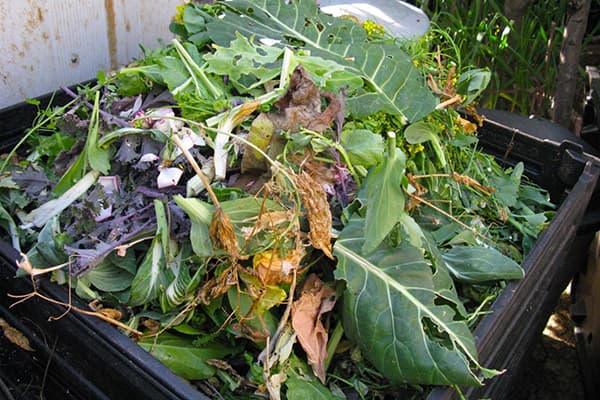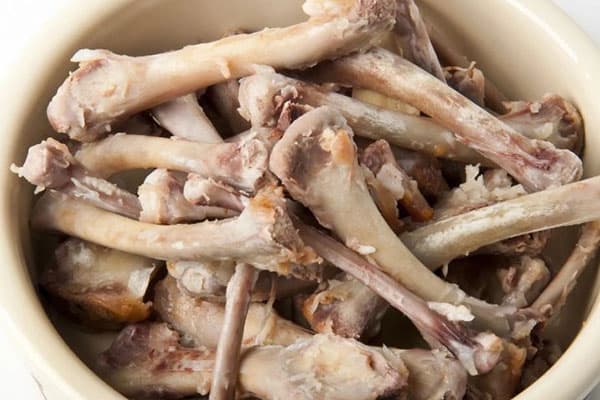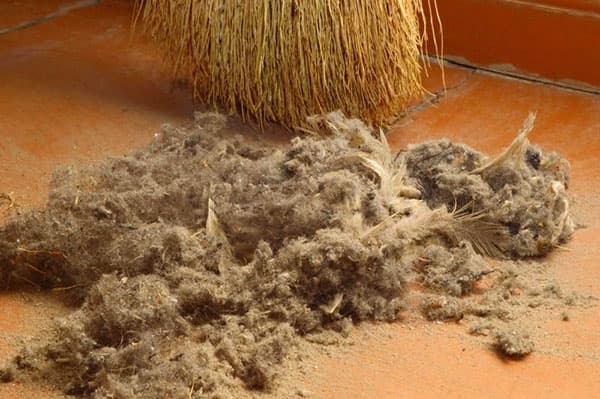What can be put in a compost hole and what exactly should not be there?
Content:
Compost is a valuable organic fertilizer that results from the natural processing of food waste, weeds and plant debris that decompose under the influence of microorganisms. In order to get high-quality humus suitable for feeding garden and horticultural crops, you need to know what is put in the compost pit and what is sent to the trash without hesitation.
How to arrange a composter?
The problem of arranging a compost pit is an urgent issue for those who grow fruits and vegetables on their own plot. After all, I want to not only get inexpensive natural fertilizer, but also to preserve the aesthetic appearance of the compound. Therefore, the composter is usually arranged behind the main buildings and away from fruit trees.
- First of all, in a chosen place, you need to clear a small piece of land, approximately 1.5x2 m, dig out shoots, remove weeds and take out soil to the depth of the shovel.
- Around the pit, it is better to make a fence from a garden net or planks - so a lot of waste will not fall apart.
- The bottom of the future composter is covered with small branches or a thick layer of sawdust, which play the role of drainage, after which you can throw fresh organic components.
The main "processors" of organics are earthworms, they must fall into the pit without obstacles. The compost should be ventilated, so the pile is periodically mixed and not compacted.
What can be put in compost?
Compost increases soil fertility, saturating it with organic substances. In addition, with the constant use of this fertilizer, the composition of the soil changes - dense clay soil becomes more crumbly, and sandy soil will better retain moisture. The main thing is to know exactly what should be laid in the compost pit, otherwise it can harm both the soil and plants.
The main components of compost:
- Leaves, branches and roots of any trees and shrubs, slivers, bark, shavings and small pieces of unpainted wood.
- Seedless grassy plants: weeds, mowed lawn, flowers wilted or outlived. The main thing is that all this material is not processed by chemistry immediately before being sent to the compost pit. Plants spreading with the help of rhizomes are best dried in the sun first and then laid in compost. Otherwise, a bindweed or hop will soon appear on the garden beds.
- Tops of carrots, beets, horseradish, pumpkins, radishes, zucchini.
- Potato tops cause a lot of controversy among those who make humus with their own hands. The fact is that fungi that cause late blight remain on it for a long time.
When laying the tops of potatoes in the composter, it should be remembered that the fertilizer will be ready only after 3 years. In addition, when laying a heap, it is necessary to spill a solution of copper sulfate (per 10 liters of water, 2 tbsp. L. Sulfate) for complete disinfection. The same can be said about the tops of tomatoes, cucumbers, peppers and eggplant. If the plants were not damaged by the fungus, the tops can be safely placed in compost.
- Cattle manure.
- Rotten or fallen vegetables and fruits, with the exception of those that have traces of scab, black rot or other illness.
- Food waste not containing animal products. It is very useful to throw spent tea leaves or coffee residue onto the compost pile. Such wastes quickly decay and stimulate the composting process.
- Egg shells are a store of natural calcium; they are also thrown into compost.
- Wrapping paper, napkins, paper towels, cardboard cut into pieces - that is, everything that rots without a trace.
To quickly ripen the compost, the materials during the laying are crushed and watered with a special preparation, for example, Vostok EM-1, Baikal EM-1, and Radiance.
What can not be put in compost?
Many summer residents are mistaken, confusing the composter with the garbage pit. There is a large amount of waste that is unsuitable for preparing fertilizer.
The following ingredients cannot be added to the compost pit:
- Small seed potatoes. The tubers rot for a long time and will soon grow through the compost heap rather than turn into fertilizer.
- A drop of plum, peaches and apricots. Fruits with a large seed sprout for a very long time, but germinate quickly and take root well, once in the ground along with the total mass of fertilizer. If you throw fruits of stone fruits into compost, it will soon be difficult to get rid of the overgrowth.
- Leftover bread, fatty, meat and dairy products. No matter how great the temptation to throw unfinished or spoiled food into the compost pit, this cannot be done. Products decompose for a very long time in the soil, while emitting a characteristic putrefactive odor that attracts rodents.
- Bones. Bones of cattle, fish, chicken and other animals must not be thrown into a compost pit. They are processed too long and only occupy the volume in the compost pit.
To get high-quality fertilizer, you must take into account the recommendations of experienced gardeners and filter out those components that should not be added to the compost pit.
Absolutely forbidden
There are several components that should never be thrown into the composter, as this threatens not only poisoning of the plants, but also clogging the soil.
- Excrement pets. In the ideal case, garden beds should be completely isolated from visiting pets. The excrement of your favorite cats and dogs contains a huge amount of parasites, some of which are really dangerous for human health.
- Paper filters from air purifiers and vacuum cleaners. Various harmful substances accumulate in the fibers of this device, which decay in the soil for a long time and are of absolutely no value to plants. In addition, the filter absorbs all the toxins used in the creation of synthetic aromas. This is not the most useful compost supplement.
- The contents of dust collectors. Household dust should only be thrown into the bin. It contains harmful chemicals that come from furniture, appliances, deodorants and air fresheners. These substances have no place in the composition of natural fertilizers.
- Drywall. You can throw some ordinary cardboard into the composter - and then if you chop it. Drywall is out of the question. This building material is saturated with toxins and is absolutely unsuitable for compost production.
- Glossy magazine covers, paper with color drawings or text. The use of printed materials as a component for compost will have to be abandoned. Otherwise, all heavy metals, along with fertilizer, will settle in the soil, making it unsuitable for growing healthy vegetables and fruits.
Even in such a simple matter as arranging and filling the compost pit, certain rules and conditions must be observed. If you put only what you need into the composter and not throw everything in a row, in due time you will get excellent natural fertilizer that will benefit both the plants and the soil.
